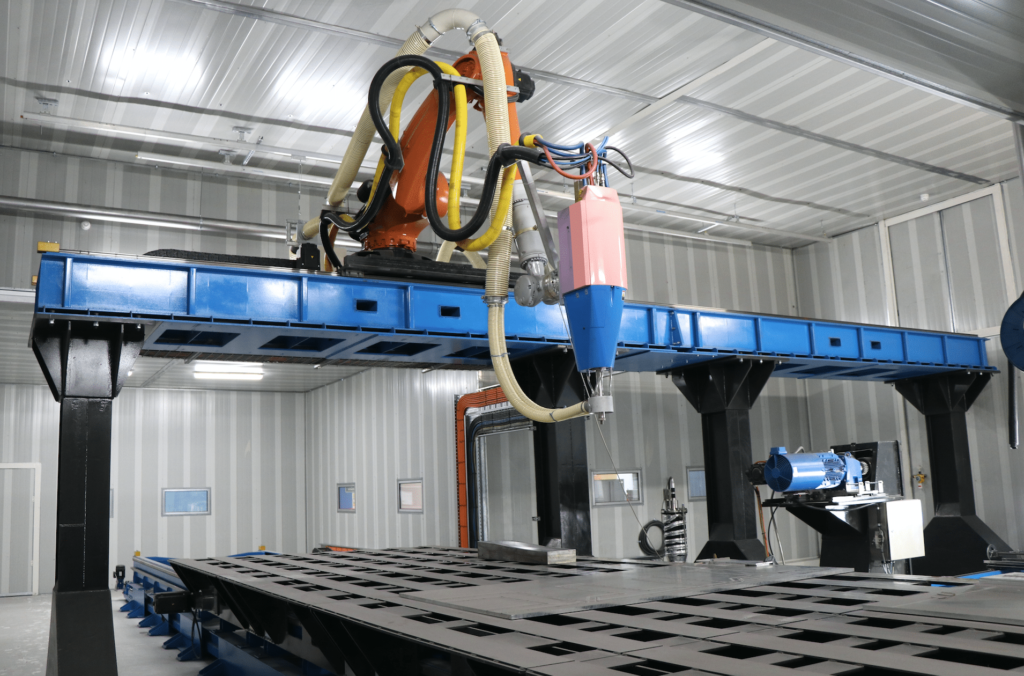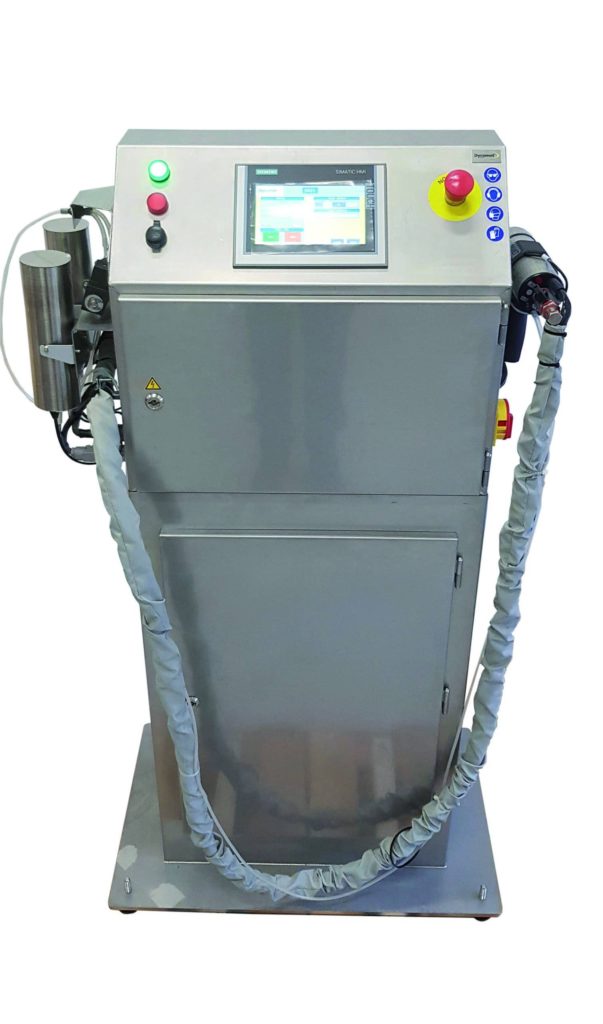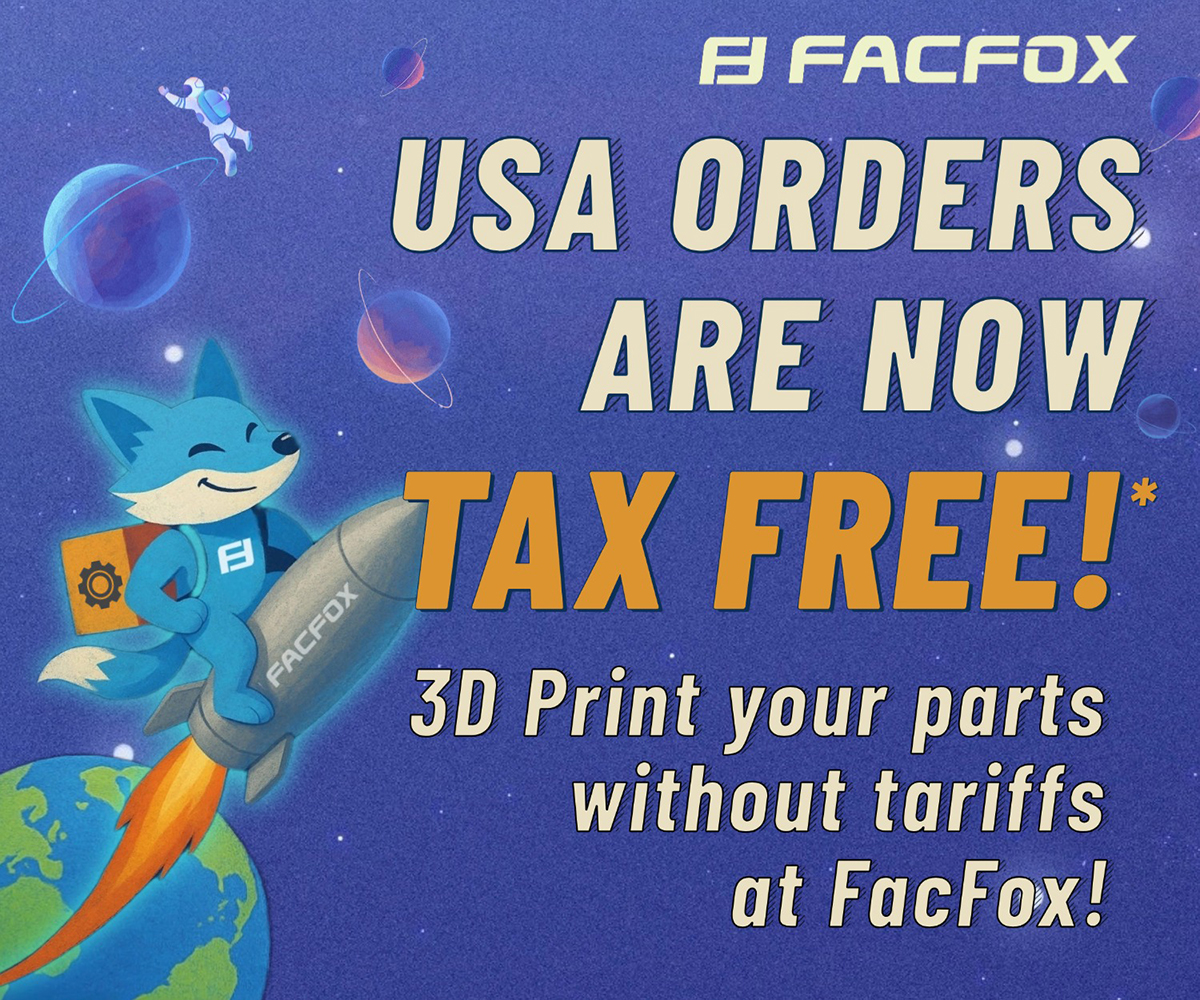Titomic, the Australian original equipment manufacturer (OEM) specializing in cold spray additive manufacturing (AM), announced a second order this month from mining services company Brauntell, also based in Australia. Additionally, as Brauntell will be reselling the D523 cold-spray systems to customers in the mining sector, this also constitutes Titomic’s entry into the reseller market.
As such, Brauntell has been designated the first Titomic Authorized Service Provider and Reseller. As with any other industrial environment where portability is a requirement, and heavy components withstand intense wear and corrosion and need constant maintenance/repair, the mining sector seems like an ideal fit for a cold spray OEM.

In a press release, the managing director of Titomic, Herbert Koeck, commented, “This engagement is further proof that we continue to strongly deliver on our commercial strategy. Resellers provide Titomic with an efficient means of extending our reach into end users.” Scott Farrell, Brauntell’s innovation and strategy executive, added, “Partnering with Titomic, we’re able to further expand our product offering to our customer base, leading to further opportunities within the market.”

Similarly to the energy sectors, and especially so concerning producers of nonrenewable energy sources, all mining-related sectors have been subject to unmanageable price volatility since at least the beginning of 2020. The simplest way towards starting to manage the costs of those volatile supply-demand dynamics is to automate as much labor as possible, and maximize your ability to produce replacement parts on demand. AM obviously addresses both of those problems, so it seems logical that anything having to do with mining is going to involve more and more of the technology in the near future.
Along those same lines, in terms of both diversity and quantity of supply, Australia is one of the world’s most crucial suppliers of minerals and energy. It’s also easily one of the most sparsely populated countries in the world. As with its cousin Canada on the other side of the Anglosphere, geography/geology alone suggest Australia should be one of the most fertile territories for the AM sector to see rapid growth over the next decade. Relatedly, Australian-Indian supply chains could become increasingly significant for the same reasons.
The more that the AM sector evolves, the clearer it is that the technology is at the center of a multigenerational reimagining of global supply routes. This is evident not just from the financial support the industry receives from the world’s largest militaries, but equally, from the increasing interest in the technology being shown by suppliers of basic materials.
Images courtesy of Titomic
Subscribe to Our Email Newsletter
Stay up-to-date on all the latest news from the 3D printing industry and receive information and offers from third party vendors.
Print Services
Upload your 3D Models and get them printed quickly and efficiently.
You May Also Like
Consolidation in AM: How 2025 Is Shaping the Industry’s New Normal
The first half of 2025 has been marked by a clear shift in the additive manufacturing (AM) industry. Companies are no longer just focused on developing new tech by themselves....
Etsy Design Rule Change Reduces Selection of 3D Printed Goods
Online marketplace Etsy has implemented a rule change requiring all 3D printed goods on the site to be original designs. The update to the site’s Creativity Standards states, ¨Items produced using...
U.S. Congress Calls Out 3D Printing in Proposal for Commercial Reserve Manufacturing Network
Last week, the U.S. House of Representatives’ Appropriations Committee moved the FY 2026 defense bill forward to the House floor. Included in the legislation is a $131 million proposal for...
Transforming From Tourist to Native: Duro CEO Michael Corr Explains Why the Company Rebuilt its PLM Software on AI
In these early innings of the AI boom, many market analysts have expressed concern that AI spend has gotten too far ahead of the technology’s proven ability to deliver significant...
































